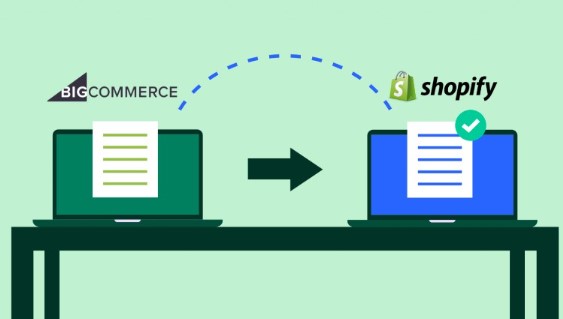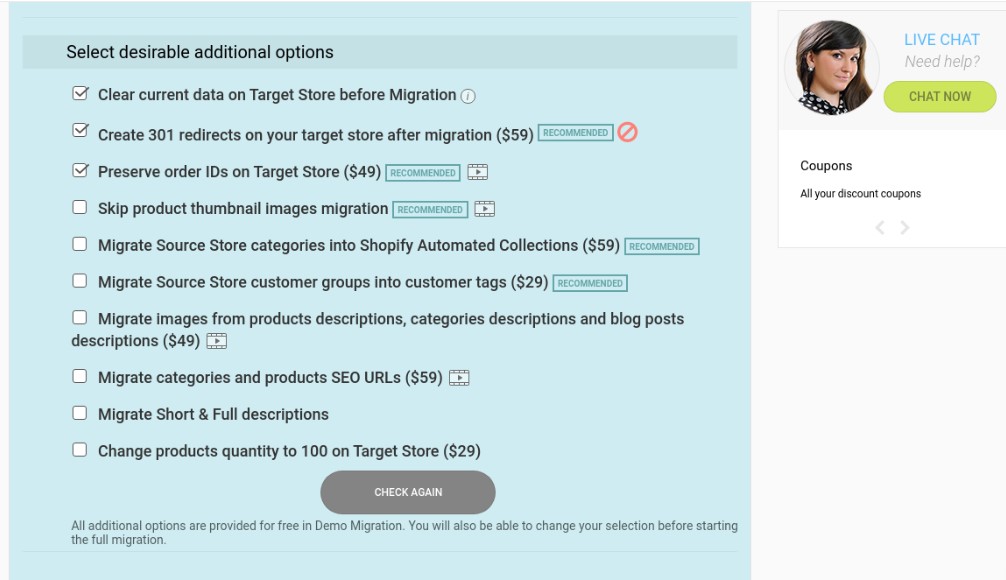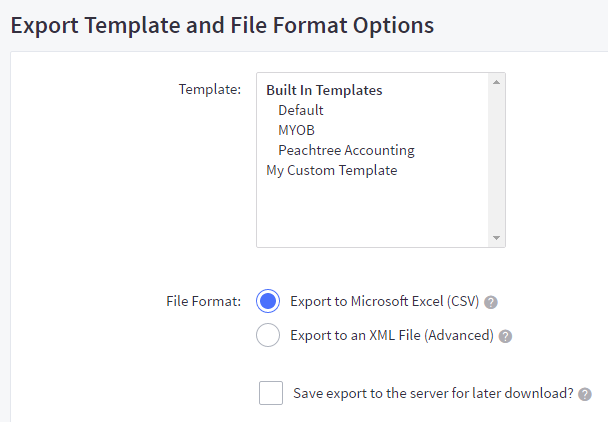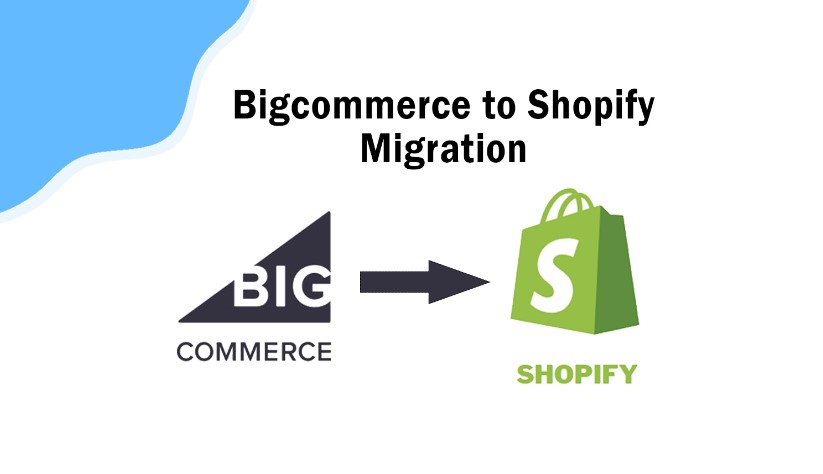Table of Contents
Shopify and BigCommerce are platforms for online sellers selling products over the Internet. More than 1.8 million stores in more than 175 countries. Shopify is one of the most successful e-commerce stores on the market today.
BigCommerce is a leading e-commerce platform known for its well-established presence and fast-growing business opportunities. It enables online businesses to increase sales by up to 80% by reducing costs, time, and complexity, effectively minimizing the need for alternative solutions. BigCommerce also supports both B2C and B2B e-commerce sellers, strengthening their online presence.
Shopify, on the other hand, is a subscription-based e-commerce platform that allows stores to sell physical, digital, and service-based products online. Store owners can also market and sell their products through various channels, including social media, email marketing, blog posts, and shop buttons.
So, what’s the difference between Shopify and BigCommerce? Read on to learn more.
Shopify is a leading e-commerce platform used by more than 1.75 million sellers. It is known for its user-friendly interface, extensive app stores, and powerful features. Shopify also offers extensive integration, allowing you to easily connect your store to the tools and services you need to run your business.
BigCommerce is another popular e-commerce platform that supports more than 60,000 stores. BigCommerce is more technical than Shopify, but it also offers a wide range of features and integrations. The platform is also known for its scalability, making it an ideal option for growing businesses.
Developers behind these powerful platforms are always working to improve the user experience and provide more functionality to store owners. However, as updates and new features become available, you may feel that your current platform does not offer the same level of flexibility and functionality as the competition.
If you’ve decided to migrate from BigCommerce to Shopify, you’ll be wondering where to start. Read ahead to learn how to make the Shopify migration process as smooth as possible.
Migration from Shopify to BigCommerce occurs, but typically migration from BigCommerce to Shopify is more common. Here are some reasons why the seller chose to change the platform from BigCommerce to Shopify.

Online Store 2.0
Shopify’s platform continues to evolve with new features and updates that are released on a regular basis. The Online Store 2.0 is a complete redevelopment of the Shopify platform, including new features such as product filtering, automatic image resizing, and more.
Headless possibilities
Shopify Hydrogen is the platform for headless commerce. Shopify migration takes advantage of the headless architecture. In other words, the front end of the store can be detached from the back end. This gives you more flexibility in design and development.
Unparalleled UI Flexibility
Shopify’s platform is highly customizable, so you can deliver unique shopping experiences to your customers. You can use the Theme Store after the Shopify migration to find pre-built themes that meet your needs. Alternatively, you can hire a Shopify developer to create a custom theme for your store.
User-Friendly Setup
Shopify is designed to be user-friendly for users who are not technology savvy. The platform provides a simple and simple setup process and is easy to add products, set up shipping, and accept payments.
Customer Support
If the store encounters an issue (or during a Shopify migration), Shopify’s Customer Support team will always be there to assist you. 24/7 access via phone, email, or live chat, so you can always go when you need help.
Amazing Performance and Speed
Shopify is known for its performance and speed. The platform is built on a solid technology infrastructure, so your store loads quickly, even when your site structure is complex and traffic is high.
Transparent and Flexible Fee Structure
Shopify offers a transparent and flexible fee structure. There are no hidden costs, and you only pay for the features you need. If you migrate from BigCommerce to Shopify, you can save money by offering a 10% or 20% discount, which you pay twice a year or twice a year, respectively.
SEO-Friendly Design
Search engine optimization is essential for any e-commerce business and Shopify’s platform is designed with SEO in mind. The platform provides clean, well-structured code, so search engines can easily index sites. In addition, Shopify’s themes are designed to be SEO-friendly with features such as built-in meta tags and social sharing buttons.
How To Migrate BigCommerce To Shopify With Cart2Cart
Once you have followed the steps mentioned above, be ready to begin the migration process. First, go to the Cart2Cart web page to start the free demo migration.
Shopping Cart Settings
Follow the migration wizard and set up BigCommerce and Shopify shopping baskets.

First, select BigCommerce from the drop-down menu and paste in the URL of the current store.
In addition, BigCommerce migration requires an administrator account to provide the client ID, API path, and API token. Find out more in our FAQs.

To set up a target cart, select Shopify from the pop-up list and click the “Install Plugin” button. It is then sent to the Shopify website.
To complete the sign-in process, provide the URL of the store and proceed to install the app.

Shipping settings in Shopify allow users to select the country in which they want to sell their products. Therefore, please note that if your BigCommerce settings include countries that are not specified in your Shopify account, some orders will be omitted during the migration. To avoid this, follow the guide and add all required locations to the Shopify configuration before making any platform changes.
Select the entity you want to move from Bigcommerce to Shopify.

You should now select the items you want to move to the new Shopify Store (you can choose to migrate individual items such as products, customers, orders, blogs, and coupons, or click the “Select All” box)
What can I migrate from BigCommerce to Shopify?
Cart2Cart can transfer the following types of data:
- Products (name, description, base and additional images, condition, price, meta title, description, etc.)
- Product Category (Name, Description, Status, Image, Meta Title, Description, etc.)
- Manufacturer
- Customer (name, email, shipping, and billing address)
Order (ID, status, price, comments, email, Billing and shipping addresses, etc.) - Coupons (name, code, discount type, and amount)
- Reviews (date of creation, rates, username, comments, products, Title)
- Blog posts (title, full and short description, tags, SEO URLs, authors, redirects, Image)
Additional Migration Options
For a more complete transition from BigCommerce to Shopify, users can choose additional migration options. Some of them are available at additional cost (for a full migration)
When switching from BigCommerce to Shopify, the following options are supported:

- The two shopping carts have different store configurations. In other words, Shopify has a system of specific categories (collections) and subcategories (tags). Therefore, the source categories are moved to the Shopify collection, and the products are tagged according to the subcategories in the source store. For this reason, it is recommended that you select the “migrate source store categories to Shopify automatic collections” option to ensure the proper arrangement of entities in the target store.
- Because of the same specific system in the Shopify category, it is not possible to transfer the URL without changing it. Therefore, we recommend that you select the option “Create 301 redirect on target store after migration” to ensure 301 redirects to the link to the previous store.
- If you want to keep the current store’s URL after the migration, you can choose the “migrate Category and Product SEO URLs” option. By doing so, you save your existing customers and save your SEO. Please note that the overall appearance of the Shopify Store URL changes slightly.
- To mix and not replicate data during transfer, Cart2Cart provides the customer with the option to “Erase current data from the destination storage before transferring”. If you decide to use this option, you cannot recover deleted data.
Map language
Unfortunately, Shopify does not support language migration due to its nature. At the same time, however, the solution has several applications that allow sellers to create stores in multiple languages.
Map Currencies
Currency transfer is not possible due to Shopify’s technical capabilities. All prices are set to the default currency set in Shopify, regardless of the currency in the Target Store.
Order Status
If you decide to transfer an order, you can map a specific order status from the source cart to the destination cart. BigCommerce and Shopify have different names for order status. However, Cart2Cart customers can specify which variants should be looked at and converted to.
Customer and Account Mapping
Cart2Cart can transfer all customers from BigCommerce stores, but accounts will not be migrated to avoid bulk notifications. This guide will help you restore your account by sending an invitation to an existing customer.
Please note that during customer migration, the Cart2Cart service will create a new default unknown email address if the customer email from the BigCommerce store is incorrect. This is true even during order migration if the order is not associated with a specific customer or created by a “guest visitor”.
Free demo migration
It’s time to start your free demo migration. You can send a limited number of items in a short period of time (about 30 minutes) and verify the efficiency and compliance of the service. It is recommended that you do not skip this step. Also, do not close the browser window until the demo migration process is finished.

Once the demo migration is complete, make sure all items are transferred correctly. Remember, the back end of the migrated data may not always be visible on the front end, so don’t forget to check this.
Full migration in progress
After completing all of the steps mentioned above, you can begin a full migration from BigCommerce to Shopify. Make sure you have enough money in your account. Otherwise, you must raise funds. And if you have a discount coupon, don’t forget to use it. You will receive an email notification at the end of the entire migration process, so you can safely close your browser window.
If there are any problems with the initial migration (e.g., improper shopping cart setup, migration data corruption, additional remediation issues, etc.), request Remigration Service. So you can make the transition from BigCommerce to Shopify from the start. This service is discounted at the initial full migration price by 50% only.
How to Migrate Products from BigCommerce?
- From the Product menu, select Export.
- Configure export settings.

- Generate and download a CSV file with the product.
Cart2Cart can also move products in an automated manner. All you need to do is select the options you need while configuring the data transfer in the migration.
- Select the Export Order option from the Order menu.
- Set the required configuration.

- Download a CSV file with BigCommerce Store orders.
Alternatively, you can choose to migrate your order while configuring automatic data transfer to Cart2Cart.
Post-Migration Tips
At the end of the migration process, you should look at the new Shopify store, review performance, and identify possible issues.
First, check the front end for consistency and random errors, such as whether all products are marked and classified, and whether the field search is working correctly.
Make sure the domain name is active and look at all links (menus, headers, footers, and internal pages).
To improve the functionality of the store, consider installing the Shopify app. The App Store offers users a wide range of free and premium apps to meet the needs and requirements of the most demanding merchants.
Purchase a few tests to make sure everything is working and your customers are not facing any future issues.
We recommend that you try out the features of the store for several weeks and do not deactivate your Cart2Cart account immediately after the migration is complete.
If a new product, customer, or order appears in the BigCommerce Store during or after a full migration, a recent data migration service is available and the single entity is not lost and transferred to Shopify.
Another mandatory thing to remember is that due to the nature of Shopify, each order transferred will be considered a new order.
As a result, store owners receive numerous warning emails about order creation.
To turn off this message, log in to your Shopify account, go to the Administrator panel, Settings, Notifications, and press the “Disable” button. If you’re looking for a platform for small businesses, this is a good place to check out.
Conclusion
In conclusion, migrating from BigCommerce to Shopify offers numerous benefits, including enhanced flexibility, a user-friendly interface, and access to a robust app ecosystem. By following the steps outlined in this guide and leveraging available resources, you can seamlessly transition your e-commerce store to Shopify, positioning your business for growth and success in the competitive online marketplace.
We hope that this detailed guide has helped you to migrate from BigCommerce to Shopify in a way that makes sense and is hassle-free. We believe that you will benefit from this complete out-of-the-box solution and build a nice and reliable store that will prosper in the future.
Deepak Wadhwani has over 20 years experience in software/wireless technologies. He has worked with Fortune 500 companies including Intuit, ESRI, Qualcomm, Sprint, Verizon, Vodafone, Nortel, Microsoft and Oracle in over 60 countries. Deepak has worked on Internet marketing projects in San Diego, Los Angeles, Orange Country, Denver, Nashville, Kansas City, New York, San Francisco and Huntsville. Deepak has been a founder of technology Startups for one of the first Cityguides, yellow pages online and web based enterprise solutions. He is an internet marketing and technology expert & co-founder for a San Diego Internet marketing company.



